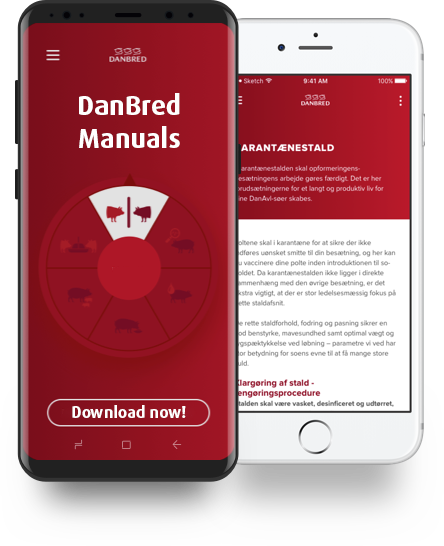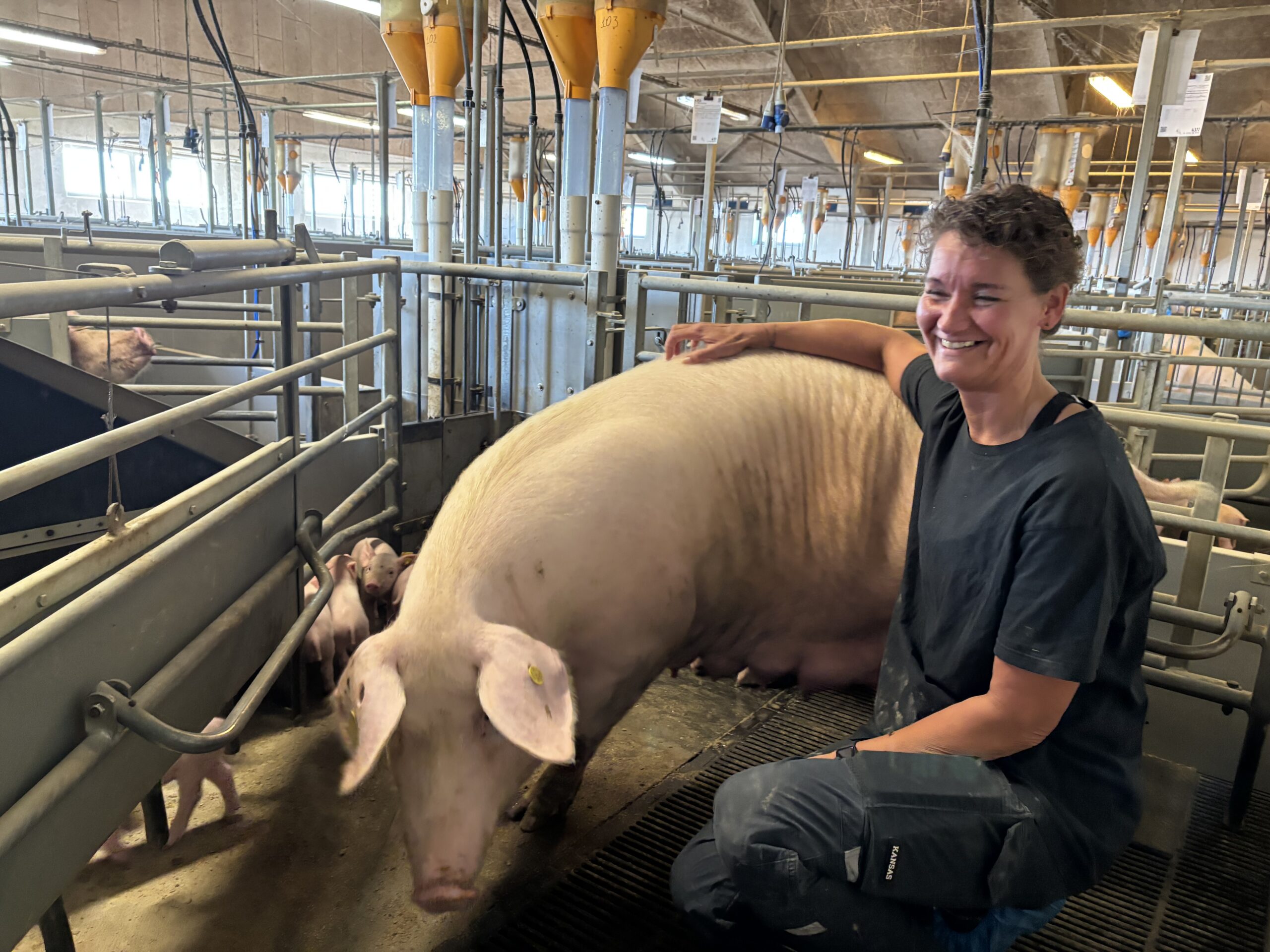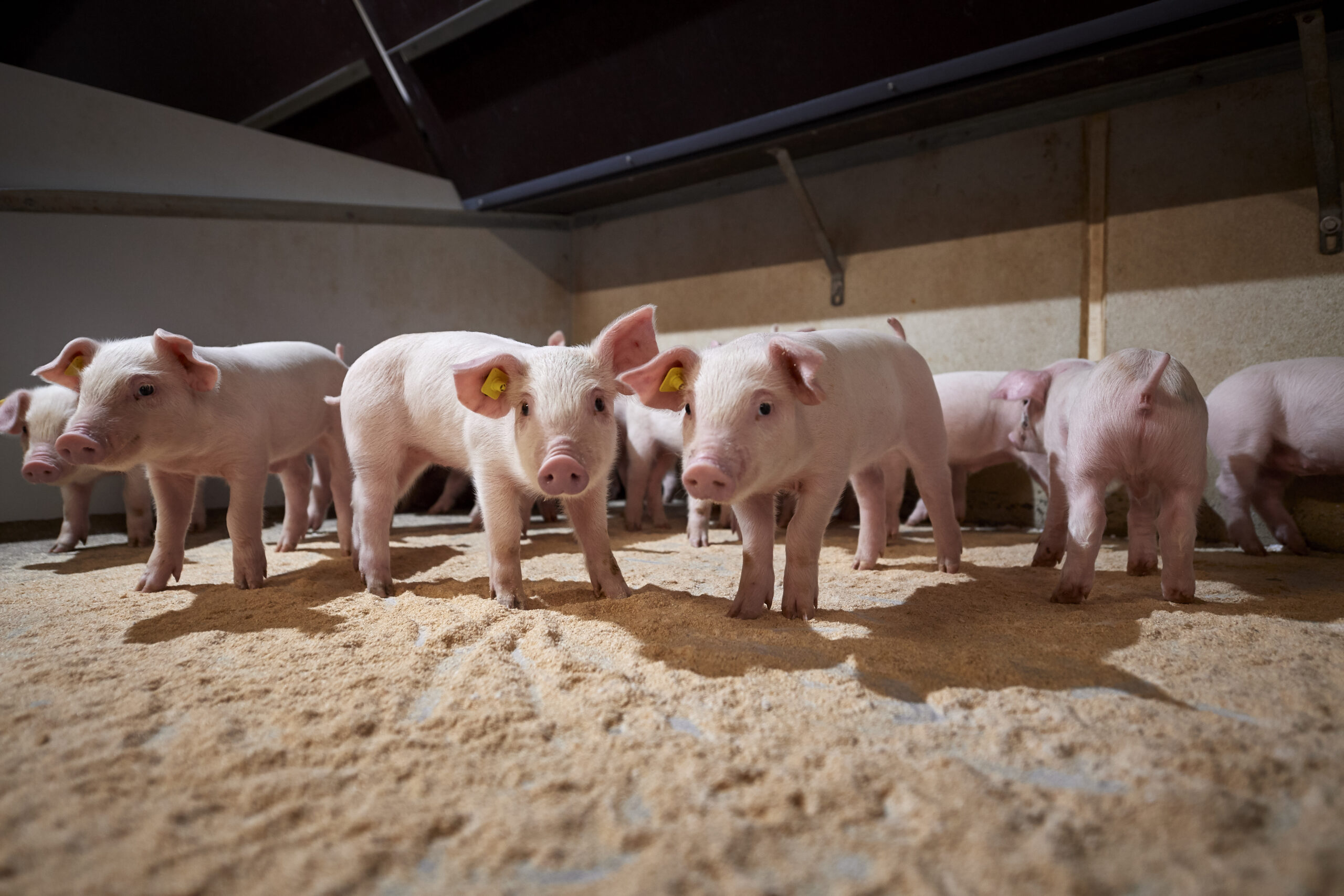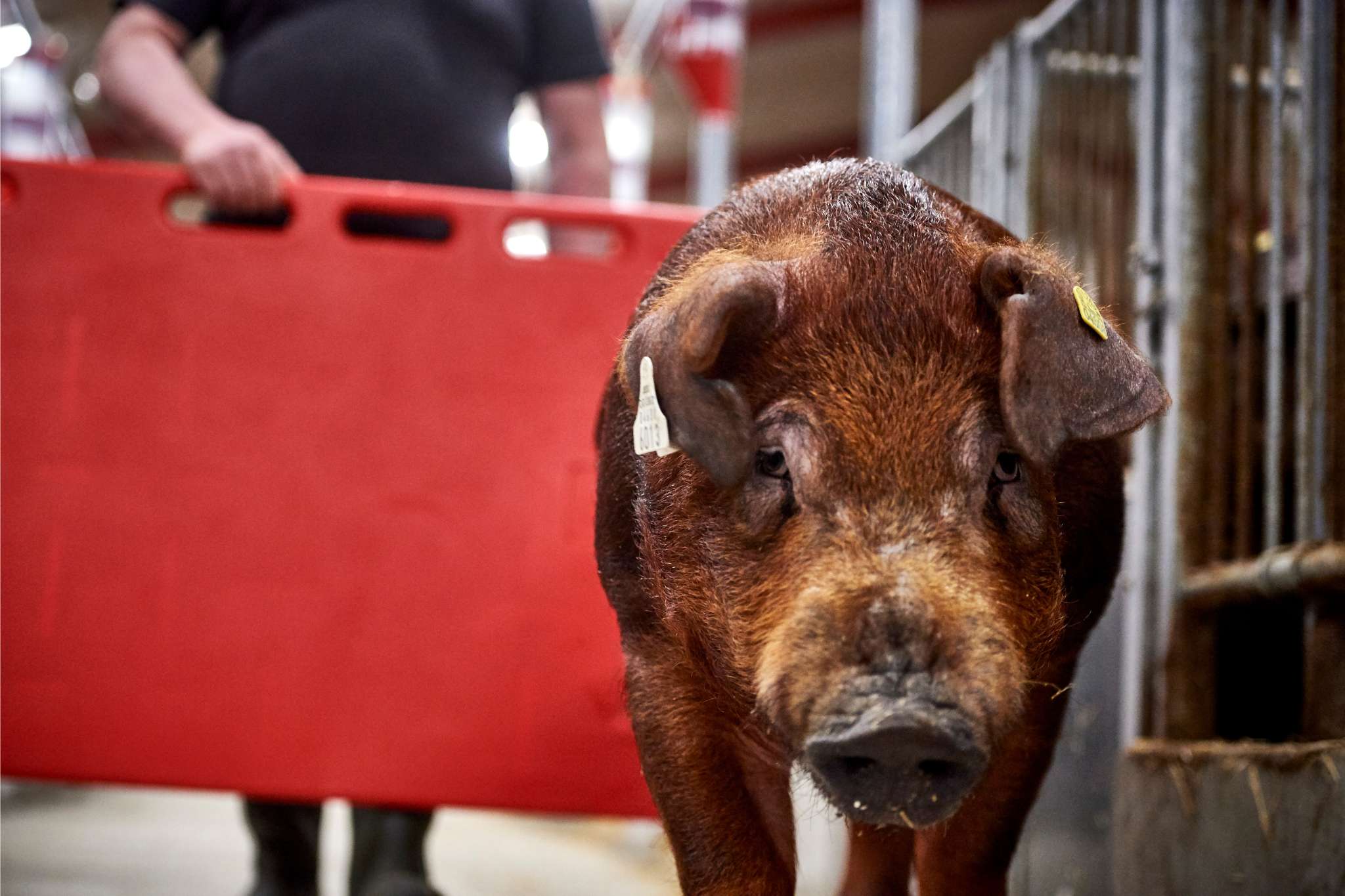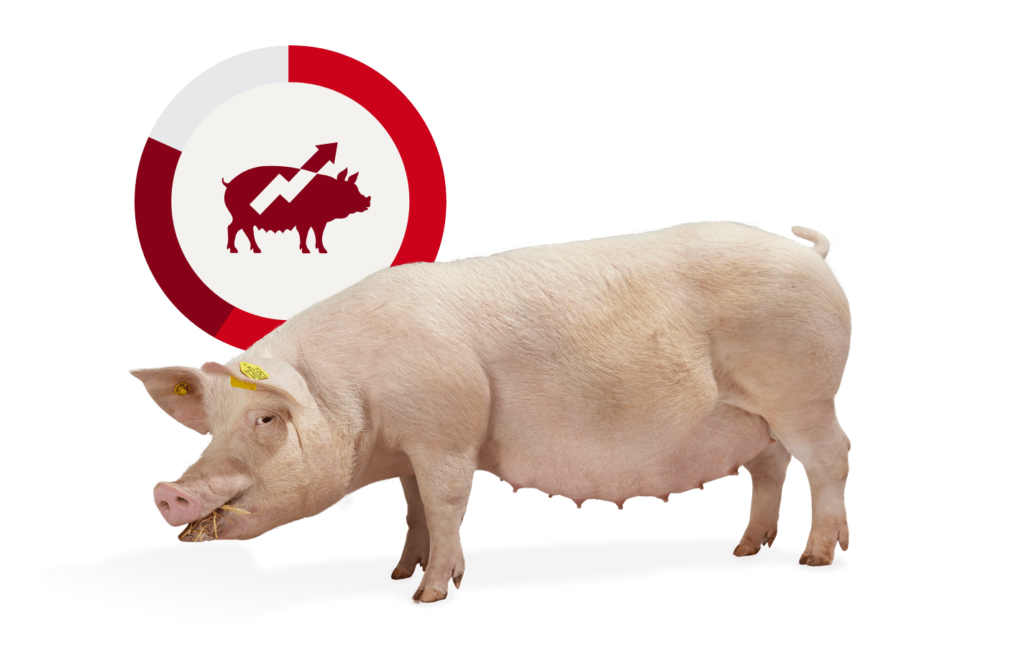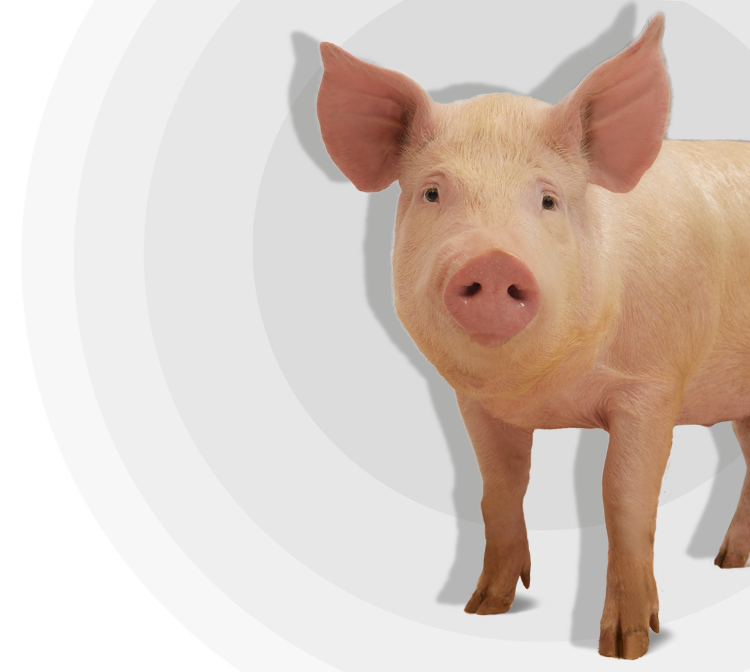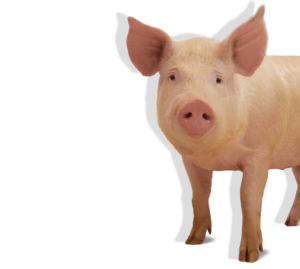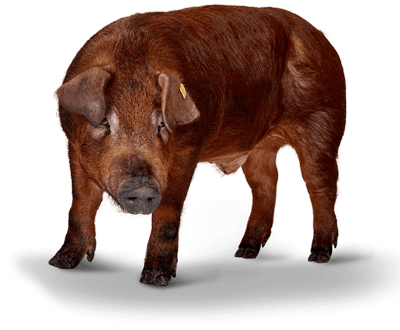Management the first week after farrowing, is one of the key features to ensure that piglets get the best start in life. New born piglets are vulnerable, therefore focused management is important. Feeding the sows for optimum milk production is a keystone, but focus on hygiene and general piglet welfare is essential to ensure optimal results.
During the first week after farrowing several important events take place in the farrowing unit. At the same time this is the period in which the piglets are most vulnerable and might need some extra attention. This leaves a lot of responsibility with the team managing the farrowing unit, and it is important that everybody knows what to do, but also what to look for.
Studies have shown that Sepsis is one of the major causes of piglet mortality in the first days after farrowing. It has been shown, that even when the cause of death was registered to be for example crushing, the post-mortem findings showed that the actual cause of death was Sepsis. Therefore, extra attention towards Sepsis is advised.
Sepsis does not occur unless a wound and bacteria are both present, which means that proper focus on disinfection and hygiene protocols, when handling or treating the piglets, are of the utmost importance.
Hygiene in the farrowing unit is of great importance cannot be stressed enough. Not just before and during farrowing, but also after farrowing and especially during the piglets’ first week of life, where the piglets are handled a lot of times. First the umbilical cord is healing meaning that all the piglets are exposed. At the same time the piglets might be moved around, they might get an ear-tag, tattoo or ear-clip, maybe the tail is docked, the teeth might be grinded, and some are castrated. All potential stress factors, which leaves the piglets vulnerable to disease or infection.
Prevent knee wounds
A study carried out by SEGES, Danish Pig Research Centre, revealed the most likely routines to cause Sepsis is tail docking, castration and tooth grinding, based on the location of the entry wound. Knee wounds were also found to be a major risk factor regarding Sepsis. Knee wounds can be prevented in most cases, by making sure that there is sufficient pen space for the piglets – Including sufficient space by the udder. Another pen facility that can be optimized, are the floor surfaces in the pens. Rough surfaces in the pens will increase the number of knee wounds because of the high amount of time spent suckling at the udder. Surfaces can be treated with different materials, to ensure less rough surfaces. The management team in the farrowing unit should keep track of the development in the floor surfaces, when using concrete floors with different kind of grates the risk of rough floors increases over time.
In addition, proper hygiene can limit the risk of infections. Pen hygiene is always important, but hygiene during handling of the piglets are equally essential. Every time a piglet is handled, the risk of contamination of either the piglet or the pen is present. When performing medical procedures, you should always use clean and disinfected surgical instruments as well as good and clean needles. Make sure to change needles and blades as often as necessary – preferably between litters, to limit the risk of cross contamination between the pens. When making incisions, always disinfect and keep the incision to a bare minimum for the healing process to be as quick and uncomplicated as possible. This includes grinding of the teeth, where excessive grinding can leave the piglets jawbone vulnerable to infection.
In other words, hygiene and pen facilities for the piglets plays an important role in the development of Sepsis, so you should always keep these routines advises in mind.
3 tips from the DanBred Technical Services Team to prevent Sepsis:
- Keep focus on hygiene in the farrowing unit, make sure that hygiene is among the most important factors in all routines.
- Always use clean disinfected surgical instruments as well as good and clean needles. Change needles and blades between litters.
- Make sure incisions are kept to a minimum for the healing process to be quick and uncomplicated.
Follow DanBred for regular updates on how to manage your hyper prolific DanBred sows and increasing litter sizes. Read more about the studies done on Sepsis and Iron here (in Danish): https://bit.ly/2uL6Mir


